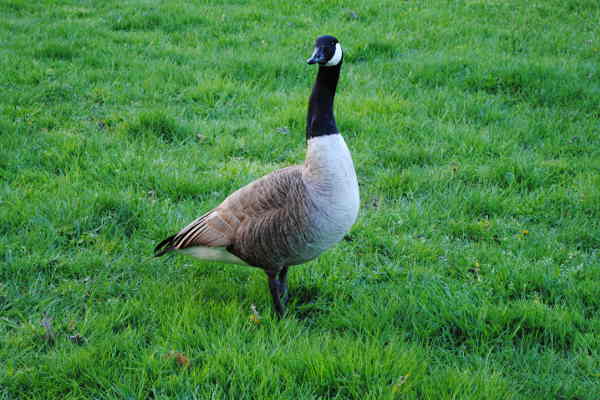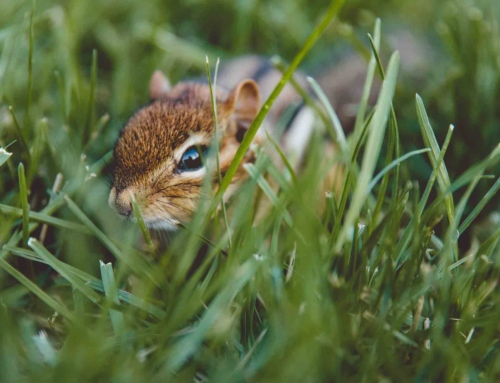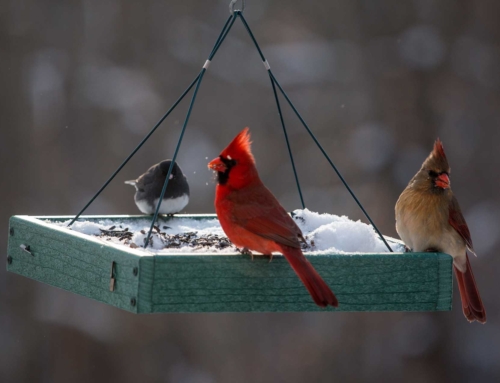Why Gassing Canada Geese Is a Bad Idea
Disclosure: This post may contain affiliate links
The natural habits of free-living geese are pretty fascinating. When we stop meddling in their lives, and the lives of other free-living animals, we'll all benefit.

What's in this post
I love taking walks in Spring. Trees in bloom, animals pairing up. I see pairs of Canada geese everywhere now, on the brink of nesting.
A gander charged me on a walk recently, but his mate wasn’t on a nest and we were leisurely walking through a parking lot on our office’s street. I can’t say it isn’t unnerving to watch a large bird fly in your direction, head down, intent on making you go away. But then, it’s nice to see the protective nature of a soon-to-be new dad or mom. A few years ago, there was another protective father in the area, and he’d fly across a busy road to protect his mate, who was nesting in the certainly conspicuous open parking lot across the way.
Over the past few years, it seems that more and more Canada geese are settling down in the area. Some people don’t like this. As we reported a few years ago, the human solution to a self-created environmental problem like the increased population of a wild animal is to kill the animal. How is this population control carried out? With Canada geese, in some cases at least, they are rounded up and gassed. One reason may be the myth that their droppings are harmful to humans, which the Center for Disease Control refuted in 2005. Another is to “potentially” stop air traffic collisions.
Because the geese molt every year, from mid-June through July, they can’t fly. This makes it easier for them to be caught – adults and youngsters alike. According to HSUS, “trappers set up portable pens and simply herd geese inside. Then geese are picked up one or two at a time and carried to a gas chamber or a crate.”
I don’t know about you, but I haven’t seen this form of population control succeed. The reason is simple – take away some geese, and more will move in. We make it even more tempting for them by inserting ourselves into their business. There is a reason for the signs you see around lakes and rivers that say not to feed the waterfowl.
Via the Audubon Society of Portland, feeding waterfowl can…
- quickly lead to overpopulation problems at small urban and suburban parks
- lead to severe habitat degradation
- cause waterfowl to lose their natural fear of humans
- lead to dietary and nutritional problems for the birds
- lead to disease among waterfowl populations (no, not because of the poop, because of the moldy human food littering their habitat!)
Canada geese are monogamous, mating for life. They raise their young in creches, bringing broods together, and sometimes they will even help raise another pair’s goslings, which is why you’ll see a family increase or decrease in numbers from day to day. Really, the natural habits of free-living geese are pretty fascinating. When we stop meddling in their lives, and the lives of other free-living animals, we’ll all benefit.
Photo credit: Daria Zeoli





